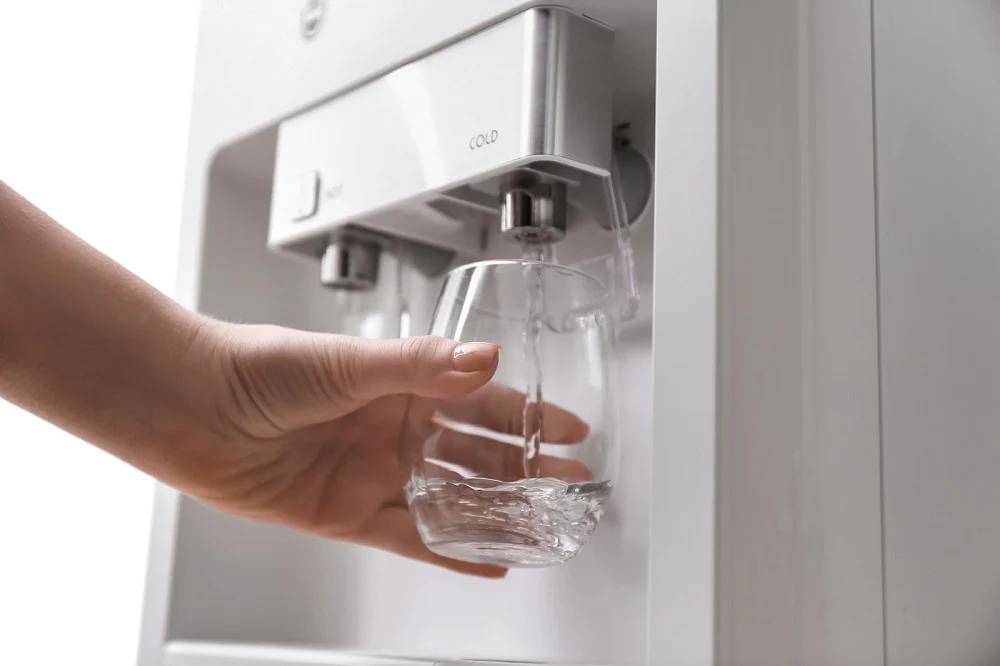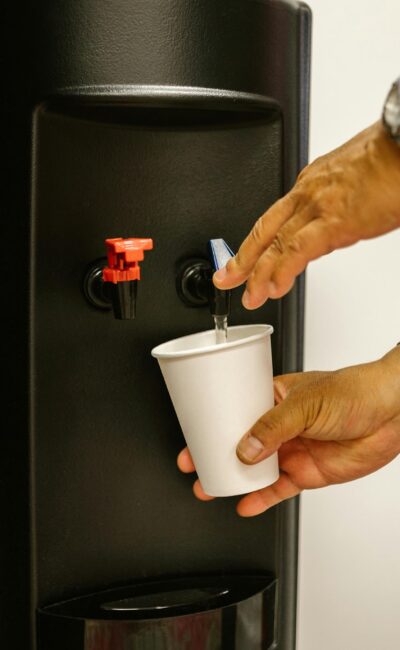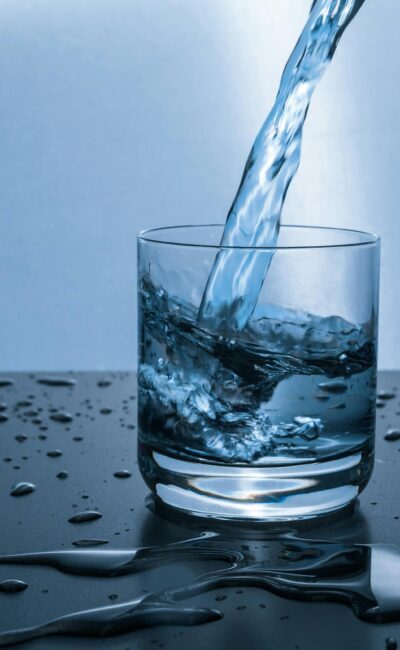Filtered water has come a long way. The origin of where water comes from does not automatically mean it’s ready for consumption. It must be treated. Starting in the early 1900s, the U.S. began to disinfect the community water supply where tap water comes from to make it safe to drink. Prior to that, boiling water was considered the way to purification. This process has significantly improved over the decades and in 1974, the Safe Drinking Water Act was enacted to ensure the quality of drinking water available through public water systems.
Since then, advances in technology have offered various filtration systems that provide crisp-tasting, purified water for people who prefer not to drink from the tap. Reverse osmosis and activated carbon are two popular ways to purify water. When considering each method, it’s equally important to consider how the water is filtered and know what to look for to get the result you want.
When determining the best way to filter water, it depends on what you value most. Is the level of purification the greatest factor? How much does convenience matter? To get the most from your water, it’s best if it goes through several levels of filtration that both removes impurities and adds electrolytes that may have been stripped out.
Reverse Osmosis
A reverse osmosis system uses pressure to force water through a semipermeable membrane that filters out contaminants like pesticides, lead, saltwater, and other pollutants. It purifies the water and makes it safer to drink. With this type of filtration, it typically takes a lengthy amount of time to dispense clean water, which may not be the most convenient for everyday use. Another drawback is during filtration, there’s no way to preserve electrolytes like calcium or sodium. When pollutants are separated out, so are some of the valuable mineral resources found in tap water.
Activated Coconut Carbon
Activated coconut carbon filters water in a similar fashion. By using coconut husks, activated carbon attracts contaminants and toxins and keeps them out of the final product. As a result, it eliminates remaining sediment particles, in addition to absorbing any lingering odors and tastes. What’s left behind is pure, refreshing water. Activated carbon is generally known for many health benefits and water purification tops the list of advantages.
How to Filter Water
In addition to the different filtering methods, there are various ways people choose to filter their water. Some opt to use a water filter pitcher, faucet add-on, or complete water filtration systems. Others depend on drinking plastic bottled water. All of these methods achieve the goal of getting filtered water, but they don’t necessarily deliver the most optimal solutions.
A water filter pitcher may not filter as well as other methods. Or, in the case of reverse osmosis, it may filter too much. The repercussions of drinking bottled water have their own drawbacks as well. One-time use plastic bottles add to the growing amount of waste that’s causing harm to the planet, both on land and in the ocean. Although it seems like every solution has a downside, you can still find your answer to sustainable filtered water by asking yourself a few key questions.
What to Look For in Filtered Water
With the variety of options available today, how can you make sure you’ve found the best way to filter water? There are a few key factors to consider. First, there’s the taste.
- Simply, does it taste good?
- What level and what kind of sediments have been removed?
- Are there are any health benefits added to the water, such as the benefits of electrolytes?
Second, look at the convenience of filtration.
- How long does the process take?
- Is it easily manageable?
- In addition to convenience, is it environmentally sound?
FloWater provides answers for all. Tap water is transformed by going through several levels of filtration. The first few steps, which include an advanced osmosis filter, are focused on purifying the water by removing dirt, pesticides, and other materials that contaminate the water. The last few filters add in essential minerals and electrolytes lost during a typical filtration process. Finally, the process finishes with a coconut carbon filter to deliver a delicious taste. With a seven-step purification process, you’re left with water that’s delicious, safe to drink, and more beneficial than other types of drinking water.
Convenience-wise, the refill stations are designed to service a high capacity in a short amount of time. Dispensing water takes only nine seconds to fill up a 24-oz. container, which makes lines go fast, if you’re using the station at the gym, hotel, or another heavily populated space. Also, freshwater supply is always ready in the tanks. No waiting necessary.
By implementing an advanced water system that delivers purified water whenever needed, it encourages people to stay hydrated. It provides a benefit for those who may not want to pay for or use bottled water. It’s also advantageous to have when serving a large crowd at a business or an event.
When considering the type of water purification method that best checks all the boxes, the technology and thoughtfulness that has been put into creating these refill stations make it decidedly the best way to filter water.
Source:
https://www.cdc.gov/healthywater/drinking/drinking-water-faq.html




